Friday Fun: Your father smelt of elderberries! August 16, 2013
Posted by mareserinitatis in food/cooking, photography, younger son.Tags: berries, food, hiking, outdoors, pictures
4 comments
During the past week, we took a family vacation before school started. We chose to spend a few days at Lake Itasca State Park in Minnesota, which is the home of the Mississippi headwaters. There are tons of places to go hiking, so we chose a trail and found, much to our delight, that there were tons of wild raspberries growing along the trail. We picked them as we walked, and by the time we were done with our hike, we were almost full.
This little adventure left me and the younger son really curious about the other berries on our outdoor excursions. We took some pictures and then went and bought a berry guide at the visitor center.
The following is a visual guide of most of the berries we saw and our best guesses as to what they were:
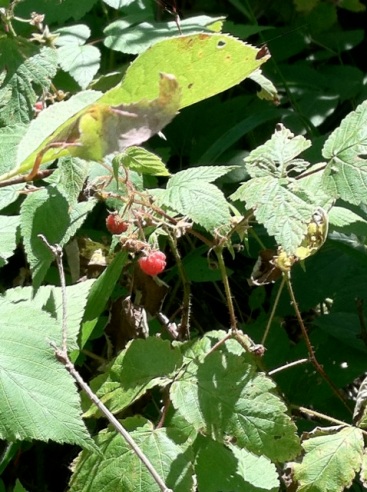
These, of course, are wild raspberries. They are called an ‘aggregate’ berry and all the little spherules are called ‘drupelets’. It turns out that pretty much every aggregate berry is safe to consume. The only exception to this I’ve come across is goldenseal, which has pointy drupelets. Don’t eat it them if they’re pointy, I guess.
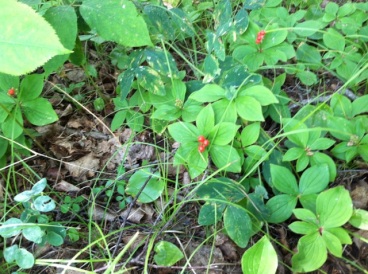
These cuties are bunchberries. They are apparently edible but don’t taste very good. (We didn’t eat any of these.) You have to be careful, though, because baneberries can resemble these, so you have to pay attention to the leaves. Bunchberry leaves grow in whorls. (See the next berries, and you’ll understand what I mean.)
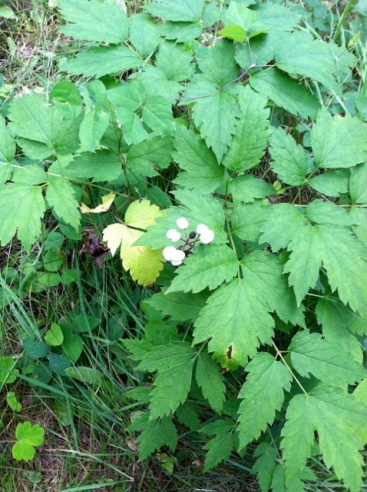
This is white baneberry, also called dolls’ eyes. It’s apparently pretty bad for you (as are pretty much any other white berry, with one exception). So if you get lost and need food, stay away from the white berries. Also, these can come in red, so you have to make sure you don’t confuse them with bunchberries (above). Baneberries have a jagged compound leaf structure whereas bunchberries are smooth whorls of 4 or 6 leaves.
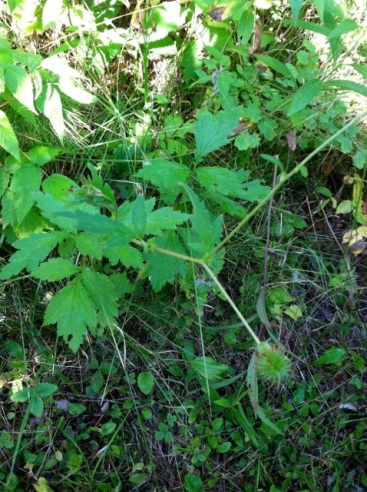
I never did figure out what this is, but my guide says to stay away from anything green and spiky unless you know it’s a gooseberry…and this is obviously not.

These are elderberries, and they aren’t edible. I found with the berries in bushes/trees that you need to look at the leaves. These have compound leaves that are opposite each other. However, these are also super tiny, so that is another give-away.
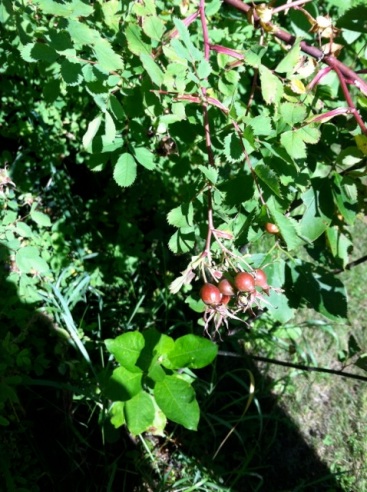
These are rosehips. They’re rather large and, well, on a rosebush. They are edible but apparently aren’t always that tasty so we opted not to taste-test these. Rose hips also have the dried sepals at the end of the berry, so that makes them easy to identify. This is another good one to look for if you’re lost in the woods as nothing toxic looks like it. Also good to look for if you’re lacking citrus as they have a lot of vitamin C.
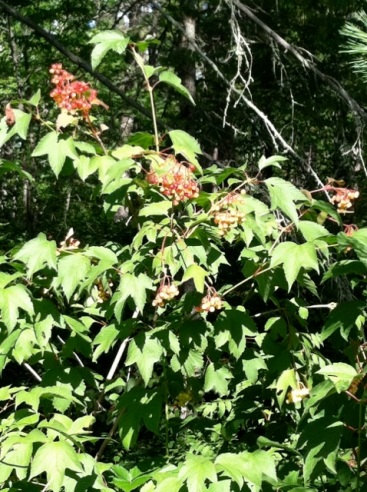
It took us a while to figure these out, but we finally decided on high-bush cranberries. They were too far away to give them a try, but we found that they apparently resemble a lot of other berries. The give-away on this was the leaves: they look like 3-lobed maple leaves. Upon realizing this, we had narrowed it down to either high-bush cranberry or currants. The difference is that these are opaque and have a slightly different berry structure than currants, which are translucent when ripe.
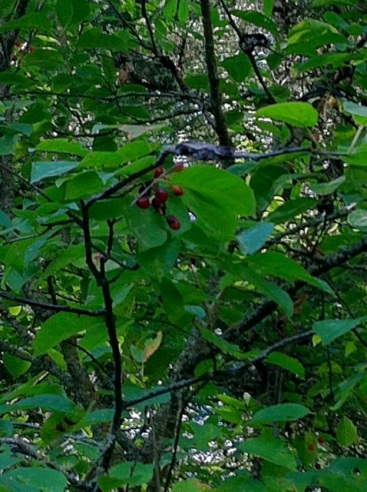
This was our other big find from the trip: ripe common chokecherries. The leaves are similar in shape to elderberries, but they alternate instead of being opposite each other. When ripe, they taste an awful lot like regular cherries except for a sort of dry taste. They also have a large pit (and I guess you don’t want to swallow the pits as they contain cyanide). A lot of berries that are toxic will cause tingling or numbness, and the younger son, upon trying one, freaked out because he had confused the dry taste of the berries with tingling. However, they were really sweet. And in case you were wondering, the younger son survived the ordeal.
And the main reason this is fun is because I now understand the second half of this joke better.
(Elderberries apparently don’t smell very good…)
Wordless Wednesday: Lake Itasca August 14, 2013
Posted by mareserinitatis in photography.Tags: outdoors, wordless wednesday
1 comment so far
Fields of irony July 1, 2013
Posted by mareserinitatis in career, engineering, geology, geophysics, grad school, research, work.Tags: career, electrical engineering, geology, geophysics, outdoors
add a comment
When I started thinking about what I wanted to do for grad school, I thought geophysics was a good option because I enjoy getting outside. I figured that if I were doing something related to geology, that opportunity would present itself much more often than in electrical engineering. I suppose this idea came because I was used to spending most of my time in a 10’x20′ windowless room…or a much bigger windowless lab. Either way, cabin fever sets in quickly when one is deprived of fresh air and sunshine most of the day.
Unfortunately, I discovered I wasn’t as crazy about ‘outdoor’ geology but fell in love with computationally intensive topics. I love getting outside and collecting rocks, but I view it more now as a hobby than as a career path.
Recently, however, I’ve been working with some people in another department on a project. This new project will probably require me to spend some time outside doing field work. It’s rather ironic that I may end up getting my outside time because of a project I’m doing in electrical engineering.
I guess it all works out in the end. Now if I could find a way to teach programming outdoors…
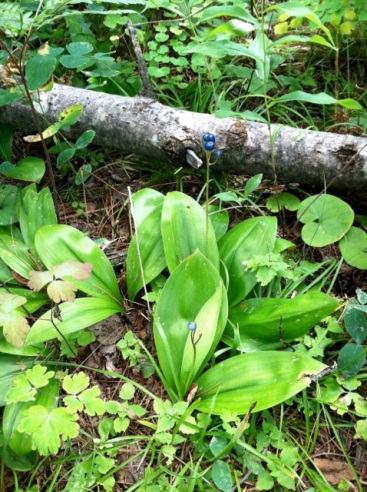
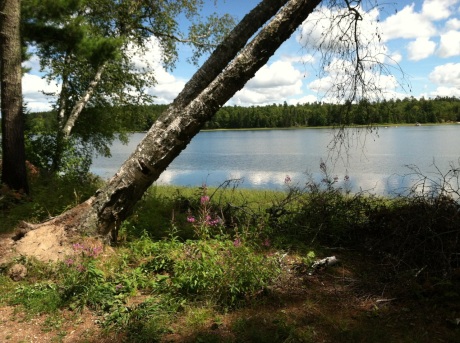
 I also blog at Engineer Blogs, home away from home to some of the best engineering blogs.
I also blog at Engineer Blogs, home away from home to some of the best engineering blogs.